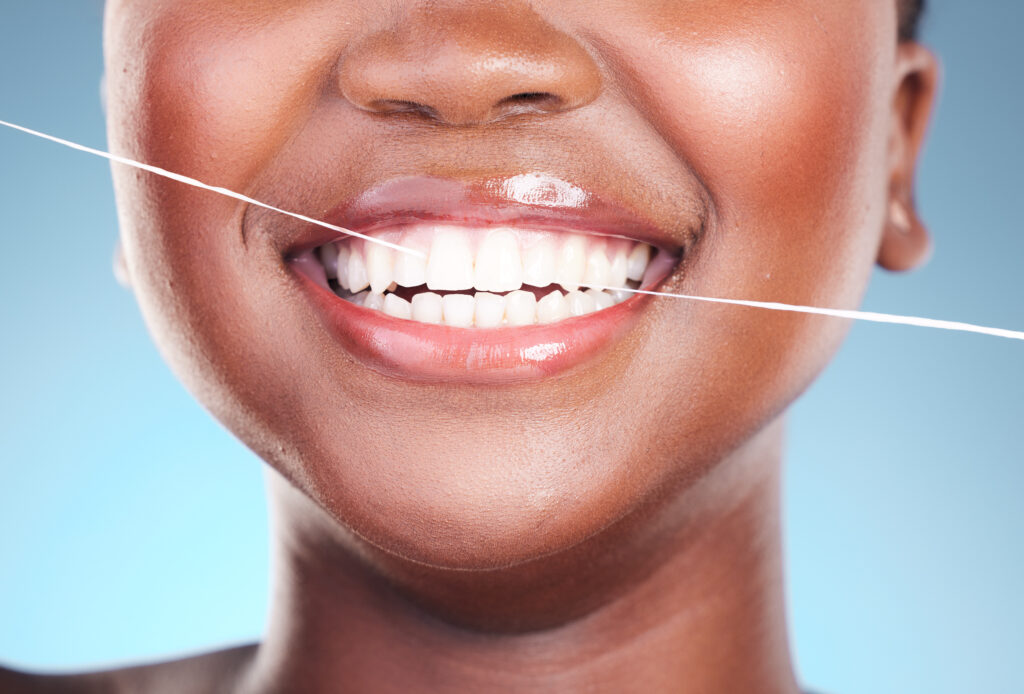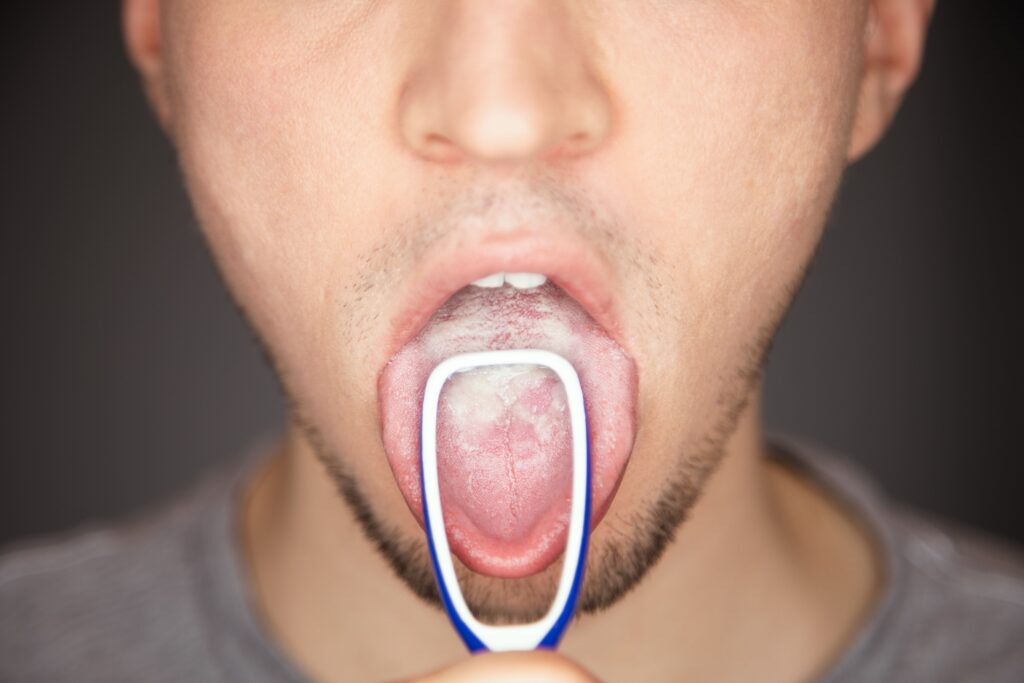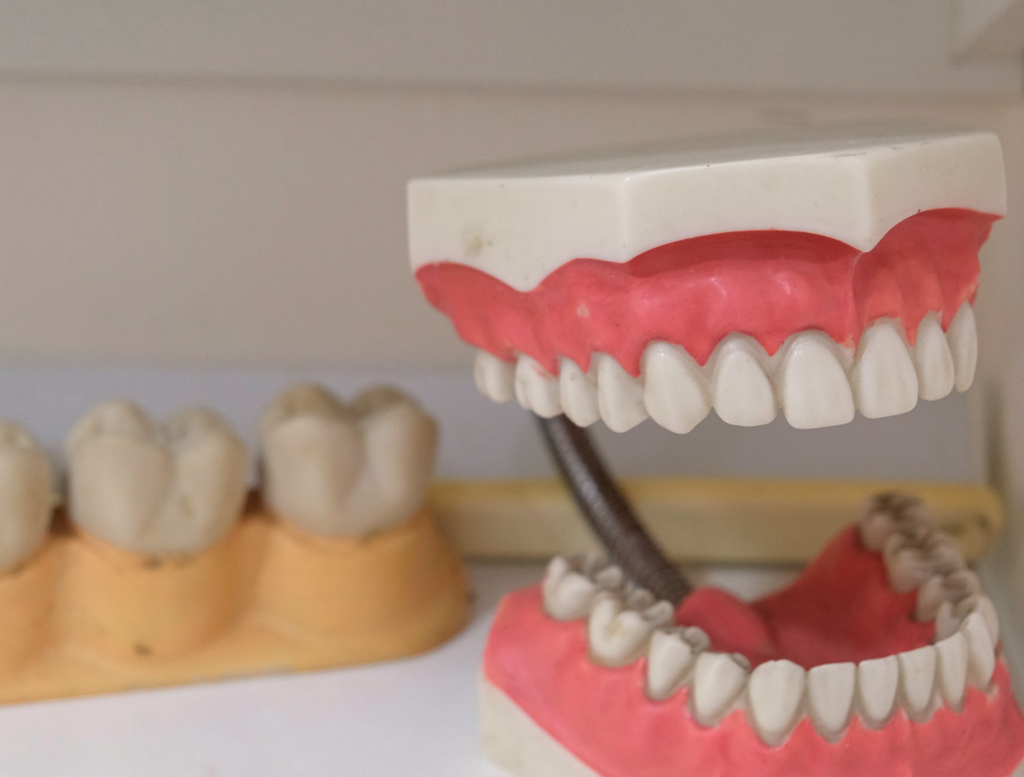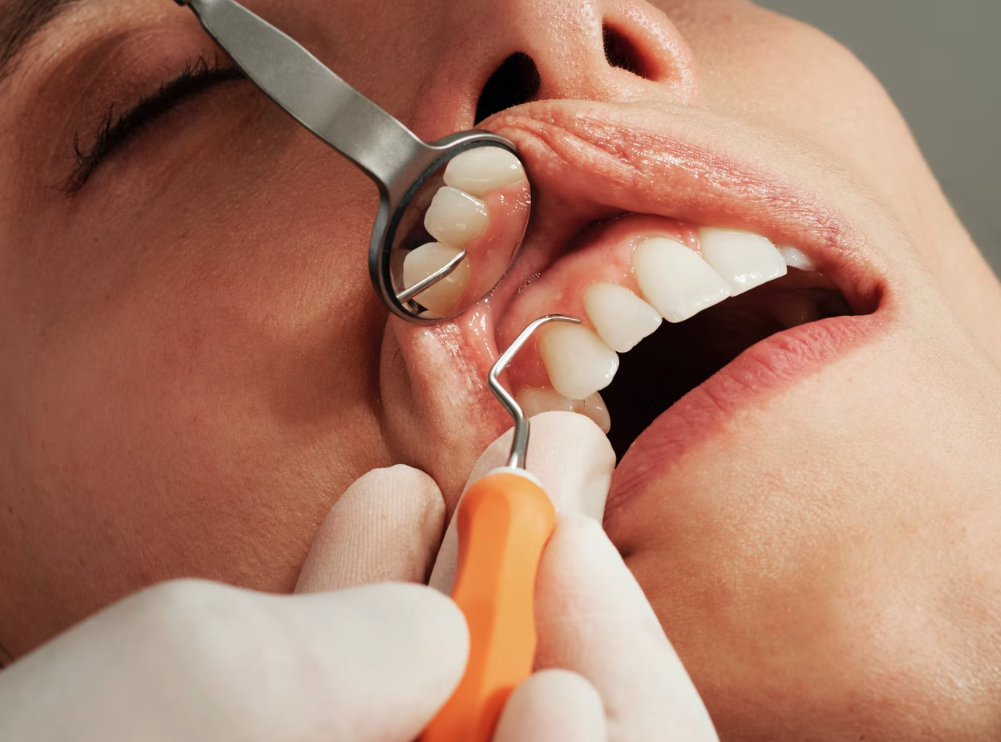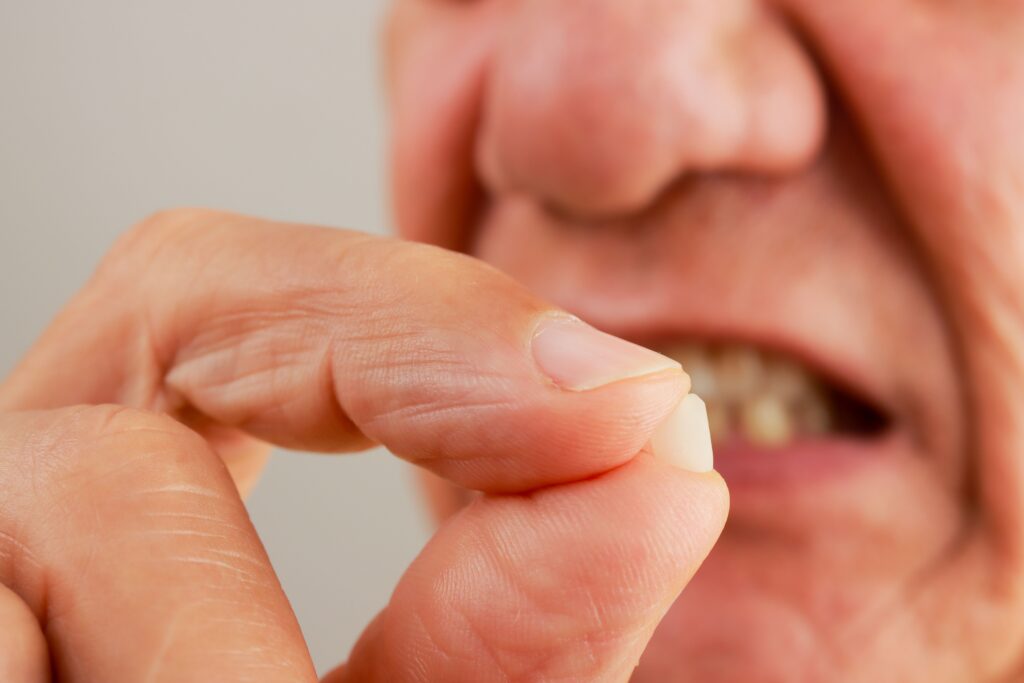Dental flossing is often touted as a crucial component of oral hygiene, but what if you’re not a fan? Many individuals find traditional dental floss uncomfortable or even painful to use, leading to reluctance to incorporate it into their oral care routine. If you’re among those who don’t like dental floss, fear not! In this article, we’ll explore common concerns and alternative options to keep your smile healthy and bright.
If the thought of using dental floss makes you cringe, you’re not alone. Many people struggle with the awkwardness and discomfort of traditional flossing methods. However, neglecting oral hygiene isn’t the solution. Instead, consider alternative options that are gentler on your gums and more appealing to use.
I Don’t Like That Dental Floss Hurts
For some, the sensation of pulling dental floss between teeth can be uncomfortable or even painful. This discomfort might stem from using improper technique or using floss that’s too thick for your teeth. Experimenting with different types of floss, such as waxed or textured varieties, can help reduce discomfort. Additionally, practicing a gentle, back-and-forth motion rather than forcing the floss can alleviate pain.
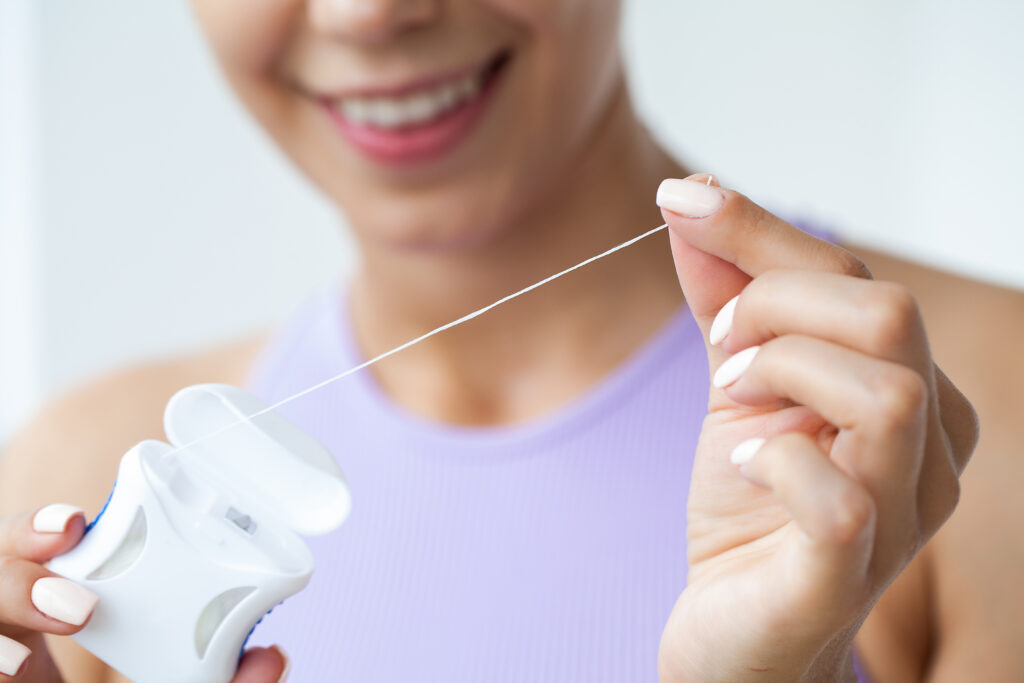
Dental Floss Makes My Gums Sensitive
Sensitive gums are a common complaint among flossing skeptics. If dental floss leaves your gums feeling sore or irritated, it could be a sign of improper technique or underlying gum disease. Switching to softer floss or exploring alternative tools like interdental brushes or water flossers can provide a gentler cleaning experience while still effectively removing plaque and debris.
How Long Does It Take for Flossing to Feel Normal?
Adjusting to a new oral care routine can take time, especially if you’re transitioning from irregular flossing habits or trying alternative methods. On average, it may take a few weeks for flossing to feel more comfortable and become a natural part of your daily routine. Patience and persistence are key; stick with it, and you’ll likely notice improvements in both your comfort level and oral health.
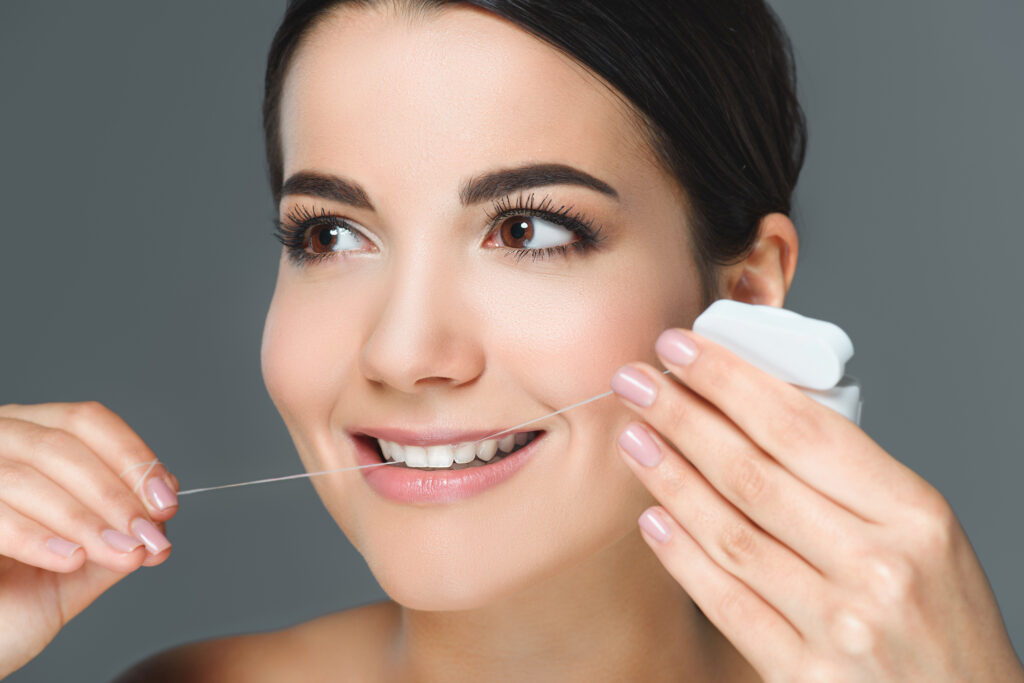
Alternative to Dental Floss
If traditional dental floss just isn’t your cup of tea, fret not! There are plenty of alternative tools and techniques available to achieve a clean, healthy smile. Here are a few options to consider:
- Interdental Brushes: These small brushes are designed to clean between teeth and along the gumline. They come in various sizes to accommodate different tooth spaces and are gentle on gums.
- Water Flossers: Also known as oral irrigators, water flossers use a stream of water to remove plaque and debris from between teeth and along the gumline. They’re particularly beneficial for individuals with braces or sensitive gums.
- Floss Picks: Floss picks combine the convenience of dental floss with the ease of a handle, making them ideal for those who struggle with traditional flossing. They’re available in disposable or reusable options and come in a variety of designs to suit personal preferences.
- Dental Tape: Dental tape is a wider, flatter alternative to traditional floss, making it gentler on gums and more comfortable to use, especially for individuals with sensitive teeth or braces.
Conclusion
In conclusion, if you don’t like dental floss, you’re not alone, and there are plenty of alternatives to explore. Whether you find traditional floss uncomfortable, experience sensitivity, or simply prefer a different approach to oral hygiene, there’s a solution out there for you. By experimenting with different tools and techniques, you can find a method that suits your needs and helps you maintain a healthy, confident smile. Remember, consistency is key, so don’t give up on your oral hygiene journey. Your smile will thank you!


